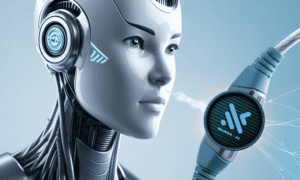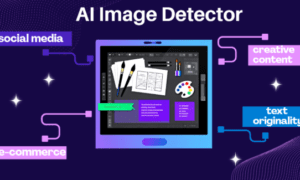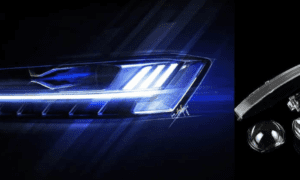Introduction:
In the dynamic landscape of automotive technology, constant innovation is reshaping the way we perceive and interact with our vehicles. From electrification to connectivity and autonomous driving, the automotive industry is undergoing a profound transformation. This article delves into the latest trends that are revolutionizing the road, providing a glimpse into the future of transportation.
Electrification Takes the Lead:
One of the most noteworthy trends in automotive technology is the widespread shift towards electrification. In light of escalating environmental concerns, automakers are placing a growing emphasis on electric vehicles (EVs). The ascent of electric cars is propelled by advancements in battery technology, rendering them not only more efficient but also increasingly affordable.
Furthermore, electric vehicles present a cleaner and more sustainable alternative to traditional internal combustion engines. Governments across the globe are actively encouraging the adoption of EVs by offering subsidies and establishing robust charging infrastructure. Consequently, with major automakers channeling substantial investments into electric models, the trajectory of the automotive industry appears unequivocally electric.
Autonomous Driving:
Navigating the Future:
Autonomous driving technology is another groundbreaking trend that is reshaping the automotive landscape. From advanced driver-assistance systems (ADAS) to fully autonomous vehicles, the industry is making rapid strides toward a future where cars can navigate without human intervention.
ADAS features, such as lane-keeping assistance and adaptive cruise control, are becoming increasingly common in modern vehicles. These technologies not only enhance safety but also pave the way for fully autonomous driving. Companies like Tesla and Waymo are at the forefront of developing self-driving cars, promising a future where commuting becomes a hands-free and stress-free experience.
Connectivity Redefines the Driving Experience:
Connectivity is no longer limited to our smartphones; it has permeated the automotive sector, creating a seamless and integrated driving experience. Modern vehicles come equipped with advanced infotainment systems, providing real-time navigation, entertainment, and connectivity features.
The Internet of Things (IoT) has enabled cars to communicate with each other, share data, and interact with smart city infrastructure. This connectivity not only enhances the overall driving experience but also contributes to increased safety on the roads. As cars become more interconnected, the possibilities for innovative applications and services continue to expand.
Sustainable Materials and Manufacturing:
In an era of heightened environmental awareness, the automotive industry is making strides towards sustainable materials and manufacturing processes. Automakers are increasingly incorporating recycled and eco-friendly materials into vehicle construction, reducing their carbon footprint.
Additionally, there is a growing emphasis on sustainable manufacturing practices. From reducing energy consumption in production facilities to implementing eco-friendly paint and assembly techniques, the industry is working towards a more environmentally conscious approach. This trend not only aligns with global sustainability goals but also addresses consumer preferences for eco-friendly products.
Augmented Reality Transforms the Driving Experience:
The integration of augmented reality (AR) into automotive technology is revolutionizing the way drivers interact with their vehicles. AR enhances the driving experience by overlaying digital information onto the real-world environment. Heads-up displays (HUDs) in windshields provide drivers with crucial information like navigation prompts, speed limits, and alerts, minimizing distractions.
AR is not limited to the driver; it extends to maintenance and repair as well. Technicians can use AR to access digital manuals and instructions while working on a vehicle, improving efficiency and accuracy. As augmented reality continues to evolve, it promises to bring about a paradigm shift in how we perceive and interact with our cars.
Conclusion:
The automotive industry is in the midst of a technological revolution, with advancements in electrification, autonomy, connectivity, sustainability, and augmented reality reshaping the road ahead. As these trends converge, the future of transportation looks promising, offering a harmonious blend of innovation, sustainability, and enhanced user experiences. As consumers embrace these technological shifts, the automotive landscape will continue to evolve, making driving not just a means of transportation but an immersive and transformative journey. The road ahead is not just about getting from point A to B; it’s about experiencing the future of mobility.



































